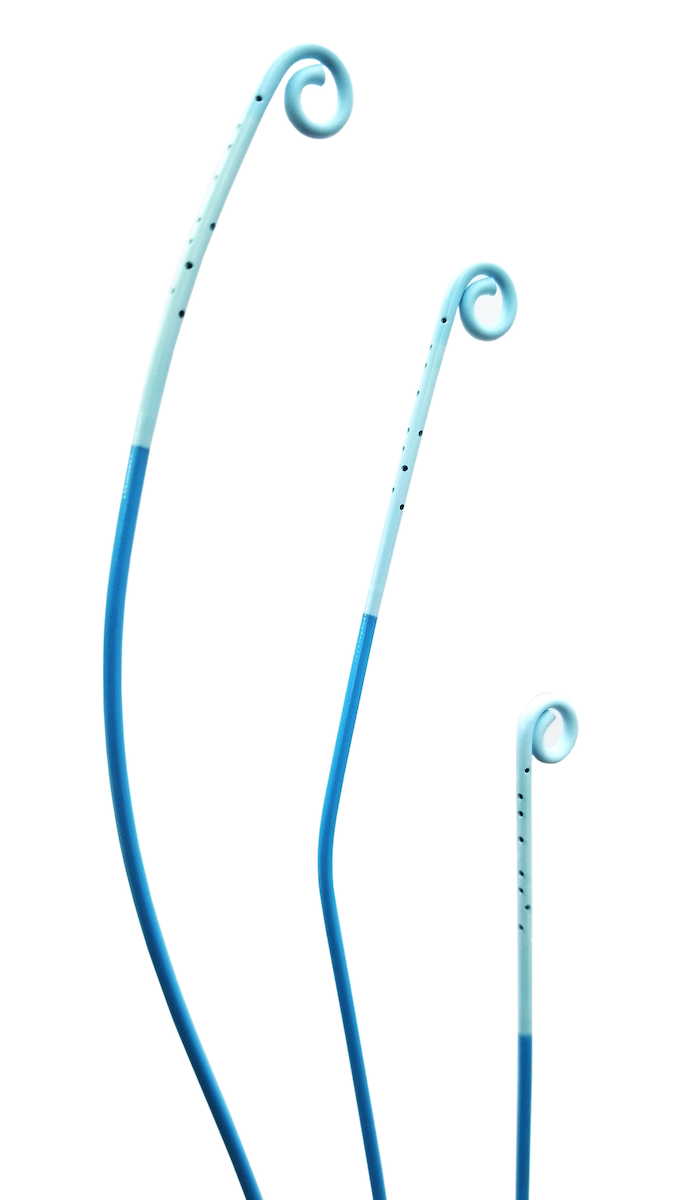
International guidelines highly recommend cardiac rehabilitation for patients who had gone through cardiovascular procedures like coronary artery bypass (CABG), percutaneous coronary interventions (PCI) and transcatheter aortic valve replacement (TAVR).
Cardiac rehabilitation (CR) is a medically supervised program designed to stabilize or even reverse the progression of heart disease. CR typically includes personalized training, patient education and counseling from a dedicated multidisciplinary team. Many studies have shown that CR improves heart risk factors, lowers mortality and hospital readmissions, and leads to better post-operative outcomes.
With technology advancements over the last decade, transcatheter aortic valve replacement (TAVR) has emerged as the treatment of choice for aortic stenosis in older and higher-risk patients. Given the patient demographics, CR would have greatly benefitted TAVR patients.
However, a recent study1 published in the Journal of the American College of Cardiology has shown that a majority of TAVR patients do not enroll in cardiac rehabilitation programs.
The study looked at over 3300 patients who underwent TAVR across 24 Michigan hospitals between 2016 and June 2020. Results showed only 30.6% of patients participated in cardiac rehabilitation within 90 days after hospital discharge. Moreover, patients who were older, and had a history of smoking, dialysis and heart rhythm issues were less likely to go to cardiac rehab.
In addition, a previous study2 by the researchers has shown that when compared to patients who underwent surgical aortic valve replacement (SAVR), participation rate for TAVR was significantly lower.
The researchers reasoned that TAVR patients maybe more frail or have more complications than surgery patients thus limiting their willingness to engage in CR activities. They also note that patients may not be receiving the proper education regarding what CR entails and how it can improve quality of life for the patient and their caregivers.
The study also highlights the importance of hospital-level best practices and quality post-discharge care in order to promote more patient participation in cardiac rehabilitation programs.
References:
1. Sukul, D., Albright, J., Thompson, M. P., Villablanca, P. A., Keteyian, S. J., Yaser, J., Berkompas, D., DeLucia, A., Patel, H. S., Chetcuti, S., & Grossman, P. (2023). Predictors and variation in cardiac rehabilitation participation after transcatheter aortic valve replacement. JACC, 2(8), 100581. https://doi.org/10.1016/j.jacadv.2023.100581
2. Guduguntla, V., Yaser, J., Keteyian, S. J., Pagani, F. D., Likosky, D. S., Sukul, D., & Thompson, M. P. (2022). Variation in cardiac rehabilitation participation during aortic valve replacement episodes of care. Circulation-cardiovascular Quality and Outcomes, 15(7). https://doi.org/10.1161/circoutcomes.122.009175

Compared to standard 13mm pigtail catheters, the SoftNAV pigtail catheter has a 8mm micro pigtail loop that can easily be positioned even in patients with small annulus during imaging in transcatheter aortic valve replacement (TAVR) procedures.
Not all products shown are approved for sale in all countries.
Please contact the regional Technowood representative for more information.